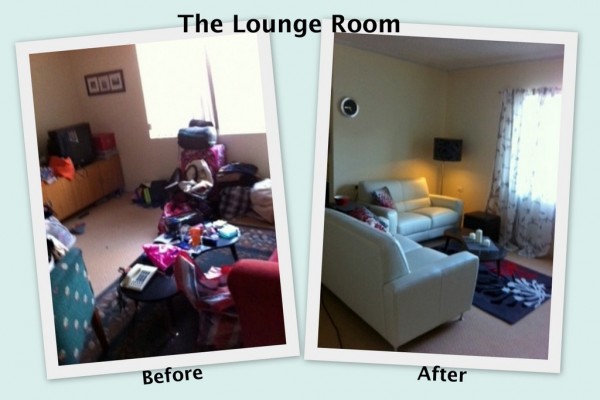Fourth Thursdays with Deb J ~ Sorting
You have decided to declutter and then get organized so living life is easier. You then ask, “Help, how am I supposed to go about this? “
Sorting is the answer. Sorting by how you use something, how often you use it, and whether you use it at all. So many times we start with a jumble of items in a drawer or on a shelf. How often does this jumble have no rhyme nor reason? It’s just stuff that has been thrown there as we are hurrying through life. How can we know if we have enough or too much if we have no organization of what we have?
The mother of a friend of mine was not very organized so tended to buy things when she needed them because she couldn’t find something she thought she had. This went on for years. The house became filled with clutter of all kinds. You would find things in the oddest places and living there was very trying for the family. One day my friend decided to tackle the issue. She asked me how to go about it because she had a limited time frame. She couldn’t even stand to visit her parents any more. While her parents were gone on a 2 week vacation with their two teenagers who still lived at home, my friend got permission to go in and clean things up. She promised to not get rid of anything. She would pack it all up and leave it for her Mom to go through on her return.
What did she do?
- She went through each room and removed everything that was on a surface. It was all placed in boxes marked for various rooms. Many things didn’t belong in the room she found them in. This included clothes.
- She went back through each room and looked in the drawers and closets she had permission to investigate. She removed everything from the drawers and closets that didn’t belong and put in the boxes. She then put the rest of the contents on the bed.
- She went through the contents on each bed looking for & boxing up soiled, worn or torn/broken items. These were set aside. She also looked for duplicates of those things you only need one of or those things that were the wrong size and set them aside. She made sure that each room only contained those items that belonged in that room based on the function of the room and the how the item was used.
- With the rooms now in fairly good order as far as appropriateness of contents she began to go through all of the boxes of items that had been set aside. If something was broken it was moved to a discard box. If the item was usable but there was a duplicate the most used item was put in a thrift/sell box. If there was no duplicate and the item was usable it was placed in a Decision box. The soiled clothes were washed and the torn but mendable ones set aside to be mended.
When the family returned from their trip every room was cleaned, organized and free of clutter. Each family member was to check their room for anything they considered no longer needed and this was also boxed according to probable distribution. The mother was then to spend time going through the boxes to decide what she thought needed to be done with the contents. Being a busy woman, the Mom found herself with little time to look at the boxes and make decisions. After several months, she decided that they must not need anything in those boxes because they were still unopened. She decided to give it all to the local thrift store. The mother is so happy that she can find everything and is still keeping things clutter free. She has also stopped buying duplicates. The entire family is happier in their home and has begun to entertain and enjoy it.
This is the story of how one woman helped her family make order out of chaos and get rid of the many things that had accumulated over the years. While she had a hard deadline that cause her work to go fast, this same set of steps can be done in a slower, more deliberate manner. Every day you can look for one clutter item and make a decision about it. Once you have made a decision about the surface clutter you can start on those things hidden in drawers and closets. Sorting through your possessions causes you to make decisions and helps you become more organized with what you have because you have put like items together in the area where they are used the most.
Today’s Mini Mission
Declutter an Obligation item ~ Something you only keep because you feel you should. Often something someone else gave you.
Eco Tip for the Day
Put a container outside on a rainy day to collect water for your indoor plants.
For a full list of my eco tips so far click here
It matters not how fast I go, I hurry faster when I’m slow





